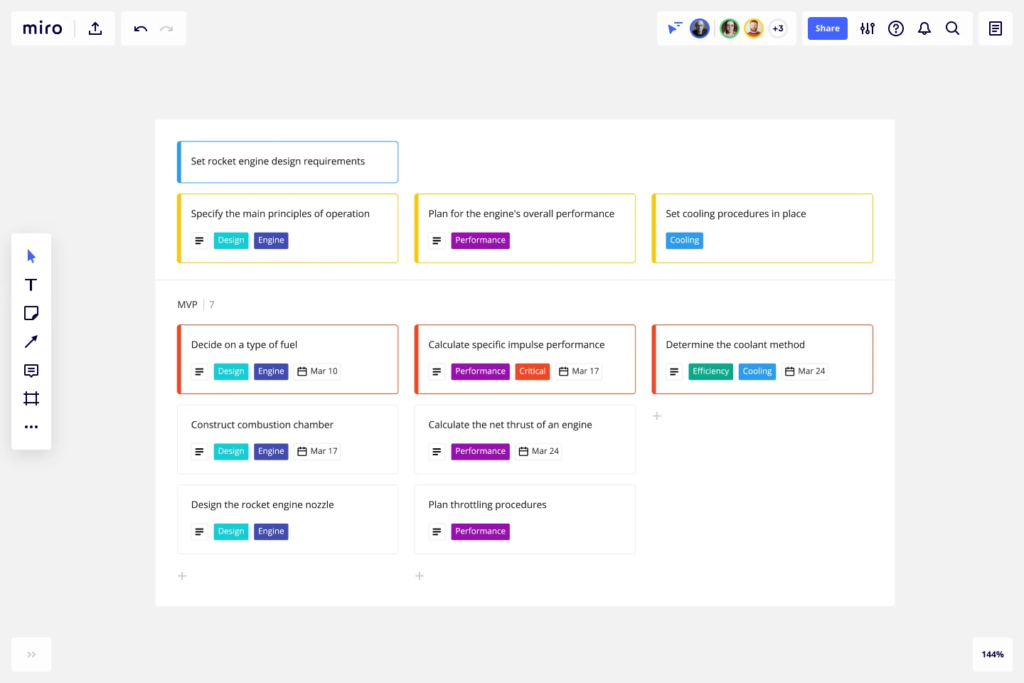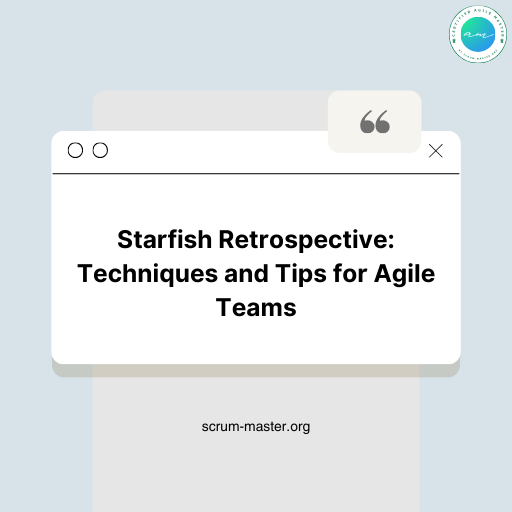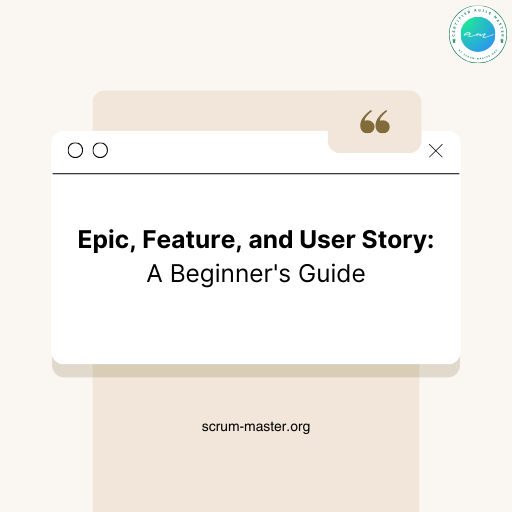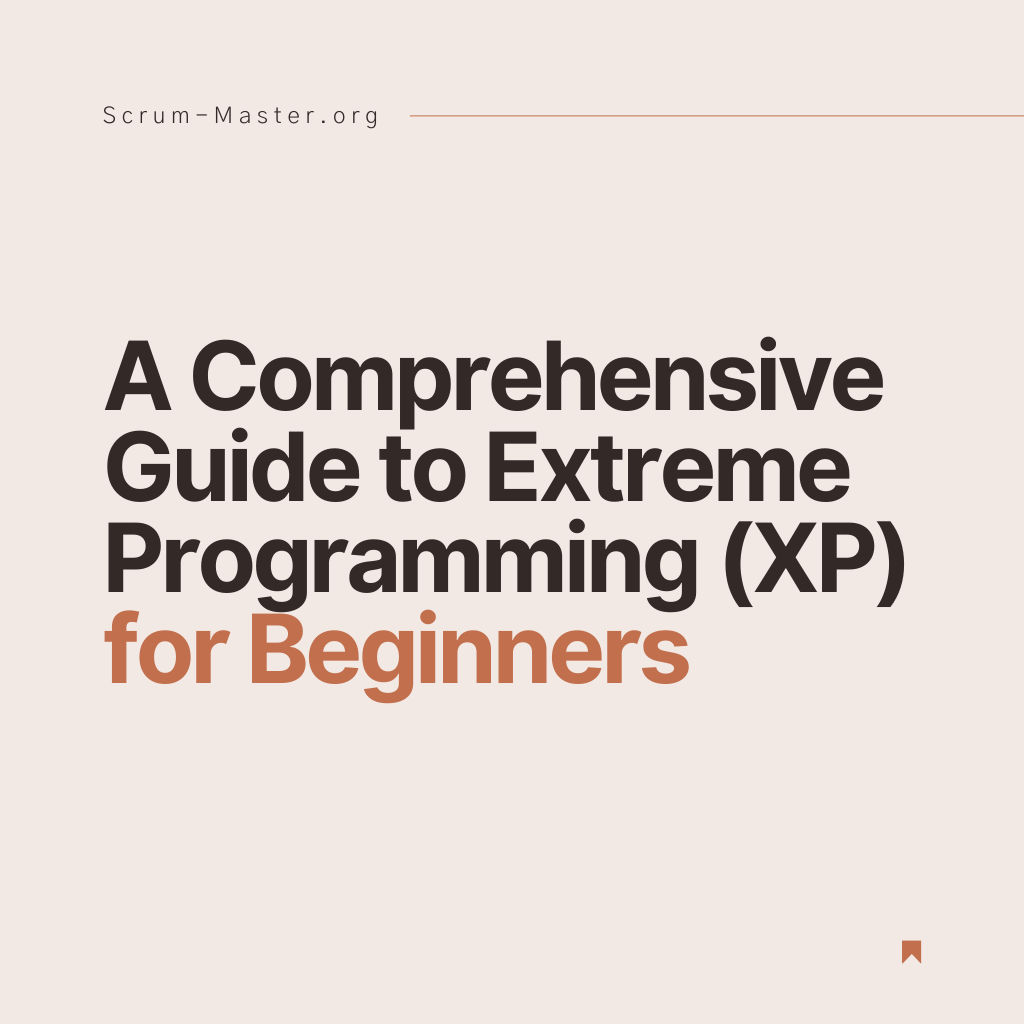User Story Mapping stands as a cornerstone of Agile methodology, offering a dynamic approach to crafting products that genuinely resonate with users. This collaborative workshop unfolds the project’s narrative through the lens of user experience, acting as a navigational tool for Agile teams. It guides the journey from concept to completion, with User Stories marking the milestones along the way.
In this refined exploration, we’ll delve into the intricacies of organizing a Story Mapping workshop, leveraging tools like Miro for seamless execution and integrating it into Jira via the Easy Agile’s TeamRhythm plugin. We aim to arm you with the knowledge to confidently employ Story Mapping, transforming your product vision into tangible success.
Index
- 1 Understanding Story Mapping
- 2 The importance of User Story Mapping
- 3 How to organize a Story Mapping Workshop
- 4 Use a Miro template to create a Story Map
- 5 Jira tutorial with TeamRhythm from Easy Agile
- 6 The Pros and Cons of User Story Mapping
- 7 Anti-Patterns to Avoid
- 8 Tutorial: How to create effective User Stories?
- 9 Conclusion
Understanding Story Mapping
Imagine for a moment that you’re planning a journey. You have a map that outlines not just the destinations but also the experiences you’ll encounter along the way. This is the heart of Story Mapping. It’s a visual method that arranges your project’s tasks (User Stories) across two dimensions: the progression of the user experience and the functionality needed at each step.
Before you dive into creating a Story Map, it’s critical to engage in a deep dive into your Personas. This isn’t just about knowing your users; it’s about understanding their challenges, desires, and behaviors. This foundational step ensures that the product you’re dreaming of aligns with the real-world needs of its users.

The importance of User Story Mapping
User Story Mapping is indispensable for several reasons:
- Visualizing User Interaction: It provides a clear view of how users engage with your product.
- Aligning Features with User Needs: Ensures all planned features are rooted in actual user requirements.
- Prioritizing Development: Guides the development focus based on user experience impact.
- Creating Visual Roadmaps: Offers a visual trajectory of user activities.
- Identifying Dependencies: Highlights the interconnections between User Stories and the user journey stages.
This tool is vital for structuring sprints and streamlining product delivery, facilitating the creation of Minimum Viable Products (MVPs).
How to organize a Story Mapping Workshop
Step 0: Prerequisites
Before anything else, it’s essential to understand who you’re building for – the Personas. Diving deep into their motivations, behaviors, and objectives will not only guide your product development but also ensure your Story Map resonates with real user needs.
Step 1: Workshop Introduction (5 minutes)
Setting the stage is crucial. Begin by presenting the workshop’s agenda, highlighting its importance and the objectives you aim to achieve. It’s vital for all team members to grasp the purpose behind this exercise. This moment is also perfect for assigning roles, such as a moderator or time-keeper, to ensure the session runs smoothly.
Step 2: Designing the Customer Journey (40 minutes)
Now, the collaborative magic happens. Each team member contributes by mapping out the key stages of the user journey. Think of it as storytelling – from registration to browsing a catalog to placing an order. Use post-its for each step, arranging them on the horizontal axis of your board.
For instance, consider the journey within an emailing platform like Gmail or Outlook, highlighted in cyan. You’ll map out the core functions these services offer.
Should you find overlapping user actions, group them into broader categories, such as combining ‘authenticate’ and ‘register’ into ‘User account management.’ This method helps in creating a more organized and intuitive Story Map.
On tools like Jira or other visual management platforms, these broad categories are often labeled as Epics or Features.
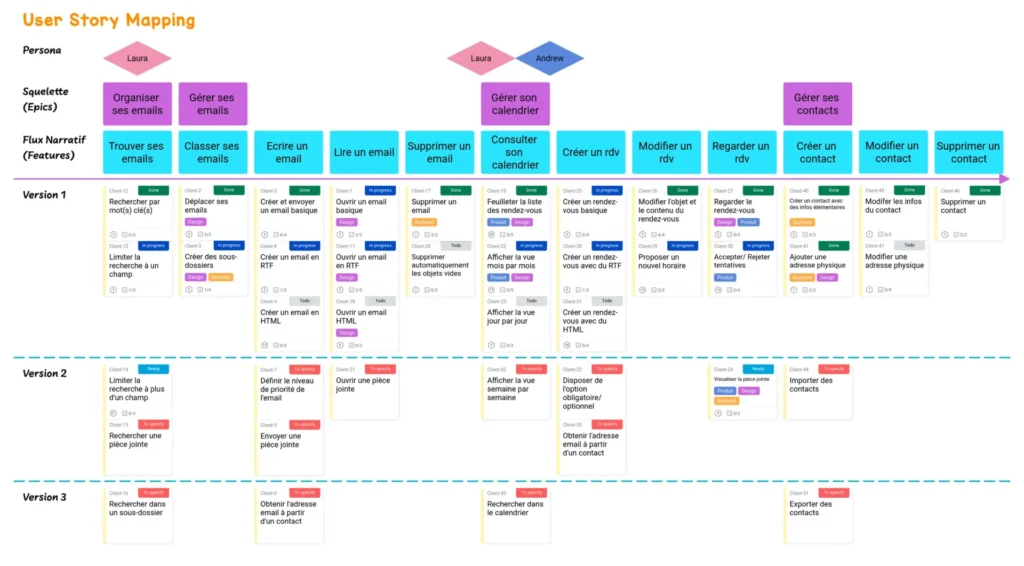
Stage 3: Completing the Story Map (60 minutes)
With the journey’s stages laid out, it’s time to drill down into specifics with User Stories. Place these under their corresponding Epics on the vertical axis. This step is crucial for alignment and understanding dependencies between stories, ensuring a cohesive development path.
Step 4: Macro feature prioritization (15 minutes)
Prioritization is where strategic decisions come into play. Determine which features should be developed first to best satisfy user needs and stakeholder expectations. Introduce additional horizontal lines beneath your User Stories to signify different product versions or sprint plans, known as Swimlanes in Jira.
Arrange your post-its within these Swimlanes based on priority, with the most crucial stories positioned to be tackled in upcoming sprints.
This is a collective effort requiring close collaboration to identify which stories hold the greatest importance and urgency, considering both dependencies and available resources.
For deeper insights into prioritizing your product backlog, explore our compilation of the best techniques here.
Use a Miro template to create a Story Map
Miro’s templates offer a flexible and collaborative environment for Story Mapping, enabling real-time teamwork regardless of physical location.
Jira tutorial with TeamRhythm from Easy Agile
TeamRhythm by Easy Agile, a premium Jira plugin, facilitates Story Mapping setup, necessitating coordination with your procurement team for integration
Key Takeaways
- Horizontal Epics: Signify major product stages or functionalities.
- Vertical User Stories and Tasks: Detail the specific tasks for completing each Epic.
Advanced Configuration
- Swimlanes: Enhance sprint organization.
- Filtering: Customize your view with Jira components or Quickfilters.
TeamRhythm offers extensive resources for seamless integration and utilization.
If you’re new to Jira, we offer a quick tutorial in this article: Tutorial: The 5 basic actions on Jira.
The Pros and Cons of User Story Mapping
Benefits
- Enhanced Visualization: It gives everyone a clear understanding of the project scope and direction.
- Improved Collaboration: It breaks down silos, fostering a culture of open communication and collective ownership.
- Efficient Planning: It makes it easier to identify what to build first, aligning product development with user value.
Disadvantages
- Time Investment: Effective Story Mapping requires time, but the upfront investment pays dividends in clarity and focus.
- Staying on Track: Without a clear facilitator, discussions can become sidetracked. It’s crucial to maintain focus on the objectives.
Anti-Patterns to Avoid
Ignore Team Comments: Story Mapping is a collaborative exercise. Ignoring the contributions of team members can result in an incomplete or misaligned Story Map.
Not updating the Story Map: A Story Map is a living document that needs to be updated regularly to reflect changes in the product or strategy.
Underestimating the Importance of Secondary User Stories: All User Stories are important. Ignoring the lowest priorities can have an impact on the quality of the final product.

Tutorial: How to create effective User Stories?
After laying the groundwork with your Story Map, the journey continues with crafting User Stories that breathe life into your map. A User Story encapsulates a feature from the perspective of the end-user, serving as a beacon for development efforts. Here’s a step-by-step guide to formulating User Stories that resonate:
1. Identify the User
Start with the heart of your story – the persona. This fictional yet representative character embodies your end-users. Pinpointing who will benefit from the feature is crucial, as it sets the stage for a narrative that’s both relatable and purposeful.
2. Define the Need
What challenge or desire does this feature address? Articulate the problem or need that your feature will resolve. This step ensures your development efforts are not just innovative but also relevant, focusing on genuine user needs.
3. Specify Action
Now, describe the action that fulfills this need. What will the user do, or what functionality will they utilize? This clarity transforms abstract needs into tangible solutions, guiding your team’s design and development processes.
4. Clarify the Value provided by the User Story
Why is this important? Detail the benefit or value the user gains, illuminating the significance of this User Story. This insight not only prioritizes development efforts but also aligns them with your product’s value proposition.
The Classic User Story Template:
As : [persona/user]
I want : [action or feature]
So that : [benefit or value]
Example:
As an online shopper, I want to filter products by category, so I can quickly find exactly what I’m looking for.
5. Apply Acceptance Criteria
What makes a User Story complete? Define acceptance criteria – specific conditions that validate the story’s fulfillment. This clarity ensures all team members share a common understanding of what success looks like, promoting precision in development and testing.
6. Revision and fine-tuning
The final step involves revisiting the User Story with your team and stakeholders. This collaborative review ensures the story is not only clear and concise but also comprehensive, covering all necessary aspects to meet user and business objectives.
By adhering to these steps, you craft User Stories that serve as foundational elements of your product development, ensuring each feature is meticulously thought out and perfectly aligned with user needs. This approach not only streamlines your Agile process but also enhances the relevance and impact of your product in the lives of your users.
Conclusion
By now, you should see User Story Mapping not just as a tool, but as a mindset. It’s about putting your users at the heart of your product development journey, ensuring that every step you take brings you closer to delivering a product that they love and need. Let this guide be the compass that helps you navigate the complexities of building user-centric products, fostering an environment where every team member is empowered to contribute to the project’s success.

